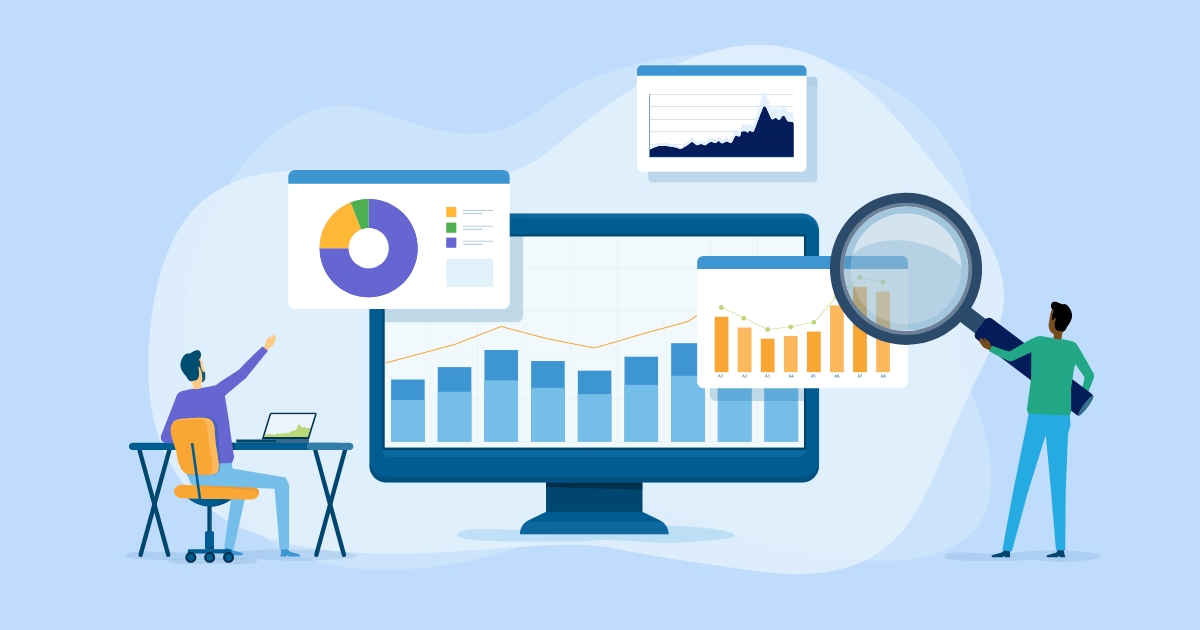When you sign a contract with a supplier or vendor, you're not done with the third-party risk oversight process. It's important to keep an eye on the third-party vendor's performance and risk throughout the life of the relationship. But how do you do that effectively and efficiently? In this blog, we’ll explain why ongoing monitoring is essential for supplier or third-party risk management and share best practices and resources to help you with it.
The Importance of Ongoing Monitoring for Third-Party Risk Management
You may have done a thorough risk assessment and due diligence on your third-party vendor during the onboarding stage, and you may repeat the process on an annual basis. But that’s not enough. Supplier or vendor performance and risk profiles can change quickly due to various factors, such as market conditions, regulatory changes, cyberattacks, or operational issues. That’s why it's important to monitor and manage your third-party vendors continuously, not just once a year. Ongoing monitoring helps collect and analyze relevant data points to ensure your third-party vendor meets expectations and has an acceptable level of risk.
Ongoing monitoring is not only a best practice, but also a regulatory requirement for many organizations. Regulators expect a robust and proactive third-party risk management program that includes ongoing monitoring of your third-party vendors’ performance and risk. Failing to do so can result in fines, penalties, reputational damage, or even legal action.
Benefits of Ongoing Monitoring for Your Organization
Here are two reasons why ongoing monitoring benefits your organization:
- Ongoing monitoring provides a clear picture of where you should focus your efforts.
Ongoing monitoring is a crucial aspect of supplier or third-party risk management that helps you identify and mitigate risks effectively. It provides a clear understanding of where to focus your efforts and what to pay attention to. By collecting and analyzing relevant data points, you can monitor your vendors’ performance and risk profile continuously and ensure they meet your expectations. For instance, if you notice a decline in a third-party vendor’s financial condition, you would need to investigate the situation to determine if it will affect the products or services they provide to your organization. - Ongoing monitoring is key to maintaining vendor performance and value.
Ongoing monitoring is a critical aspect of third-party risk management that ensures third-party vendor performance meets your expectations and delivers the intended value of the relationship. When you engage third-party vendors, you're likely using them to help you realize an opportunity or solve a problem. However, if a third-party vendor has poor performance or is too risky, the value of that relationship declines. You may lose money, waste resources, or suffer from reputational damage, regulatory actions, or fines. Ongoing monitoring helps you confirm the value and output of third-party vendor relationships and protect your organization and its customers from unnecessary risks.
Best Practices for Ongoing Monitoring of Third Parties
When you engage third-party vendors, you need to ensure they meet your expectations and have an acceptable level of risk. But how do you monitor your vendors’ performance and risk on an ongoing basis? Ongoing monitoring requires discipline and adherence to best practices so you can manage your third-party vendors’ risks proactively and efficiently.
Here are some best practices for third-party ongoing monitoring that can help you identify and mitigate risks effectively:
- Make sure your procedures and third-party contracts include data breach notification protocols.
- Track consumer complaints that are submitted internally or through online sources like the CFPB complaint database.
- Create Google Alerts that are supplier or vendor-specific and contain keywords that would raise red flags. (Third-party risk intelligence can automate this process.)
- Integrate third-party risk intelligence tools into your monitoring process to supplement oversight efforts and gain unique insights into different supplier or third-party risk domains.
- Schedule periodic checks of a publicly traded third party's quarterly financial filings. For private companies, ask your third-party vendor to provide you with their financial report. Use tools to continually monitor for early warning indicators of changing financial status.
- Your organization should require the third-party vendor to inform you immediately of any changes in leadership, pending litigation, or other issues that may affect the relationship.
- Conduct regular third-party vendor performance reviews to evaluate quarterly performance and address any service level concerns.
- Provide a framework for feedback from the first line of defense. Meet regularly, track concerns, and address any legitimate issues raised.
- Stay up to date with the third party's latest news and updates by following them on LinkedIn, X (formerly known as Twitter), and Facebook. Consider leveraging third-party risk intelligence tools to automate tracking online activity.
- Monitor for any legal disputes or enforcement actions on a regular basis.
- Set up periodic intervals for risk re-assessment and due diligence to refresh risk data and ensure detailed subject matter analysis and reporting.
Ensure your organization’s third-party ongoing monitoring process includes recording any third-party or supplier risk or performance findings and the required remediation steps. Track open issues through to completion and keep an eye out for third-party risk or performance trends that may indicate new or emerging risks. If there are serious issues or red flags, inform senior management and the board of directors, especially if those issues concern a critical third party or supplier.
Ongoing monitoring is an essential practice for identifying, assessing, and managing your third-party risk and staying ahead of serious problems.
Share this
You May Also Like
These Related Stories



